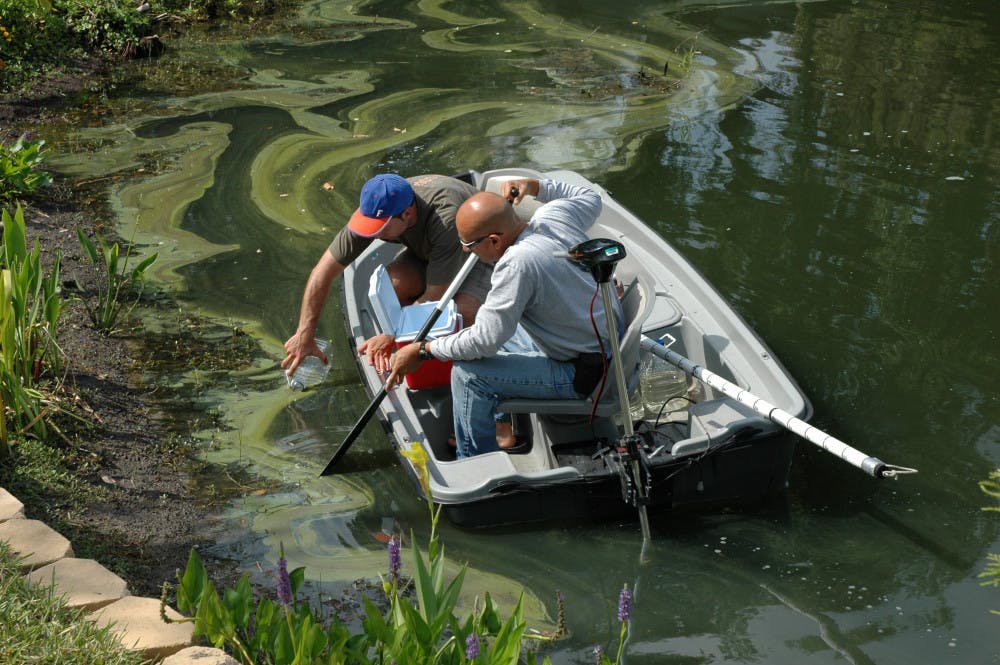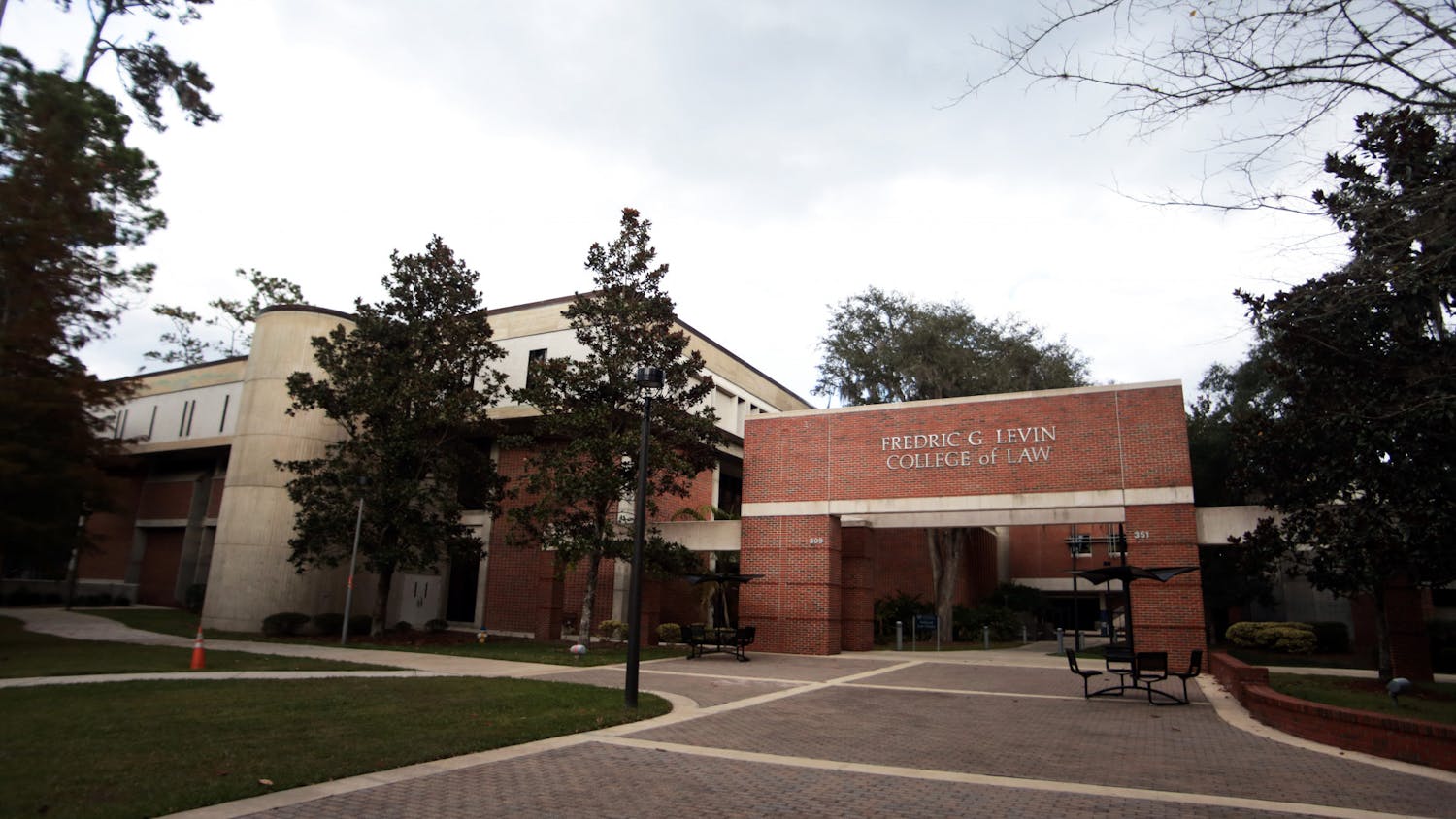UF researchers are conducting a study to find a potential correlation between toxins within algal blooms and human diseases.
This study, conducted by UF faculty members on Florida’s Harmful Algae Bloom Task Force, is looking through three types of toxins: neurotoxins, hepatotoxins and BMAA. Neurotoxins irritate the nervous system, eyes and respiratory system similarly to coastal red tide algal blooms. Hepatotoxins affect the digestive system, particularly the liver. BMAA is a toxin associated with Alzheimers, ALS and Parkinson’s disease.
Edward Phlips, UF Institute of Food and Agricultural Sciences professor, said algal blooms produce toxins and are the result of an accumulation of algae and cyanobacteria in lakes. He said this study will hopefully produce scientific data to see how harmful the toxins are in algal blooms, if at all.
“If there is a link that we see, then obviously people need to know that, because they can alter their behavior to avoid exposure to those toxins,” Phlips said.
The Florida Department of Health gave $130,000 to fund this study until June, but Phlips said the study will most likely take longer to reach definite conclusions, and there will probably be more funding.
Phlips said concerns about the effect of algal blooms on human health have existed for decades, but it increased in 2016 because of massive growth of algal blooms in areas such as the St. Lucie Estuary and the Caloosahatchee River.
“Whenever there’s a massive one (algal bloom), then the issues of human health come up and people are concerned. It’s not just for people; it’s for animals, for livestock, for pets,” Phlips said.
Assistant professor at UF’s department of health outcomes and biomedical informatics Yi Guo also said there were similar concerns from several years ago, such as dogs that died a couple hours after swimming in a lake.
“There are some public concerns,” Guo said. “But, scientifically, you have to identify those potential threats and actually quantify the toxins in them so we don’t make people over-worry or under-worry.”
Phlips said while most people in Florida are vaguely aware that algal blooms can create health problems, the team will go in with no preconceived notions of what they will find.
“Our objective is to make sure that we add to a body of knowledge so that we can answer some really important questions that people have about harmful algae bloom,” Phlips said. “We know these concerns exist and we want to address them.”
Students of UF professor Edward Phlips taking cyanobacteria samples out of a lake of an algal bloom.






